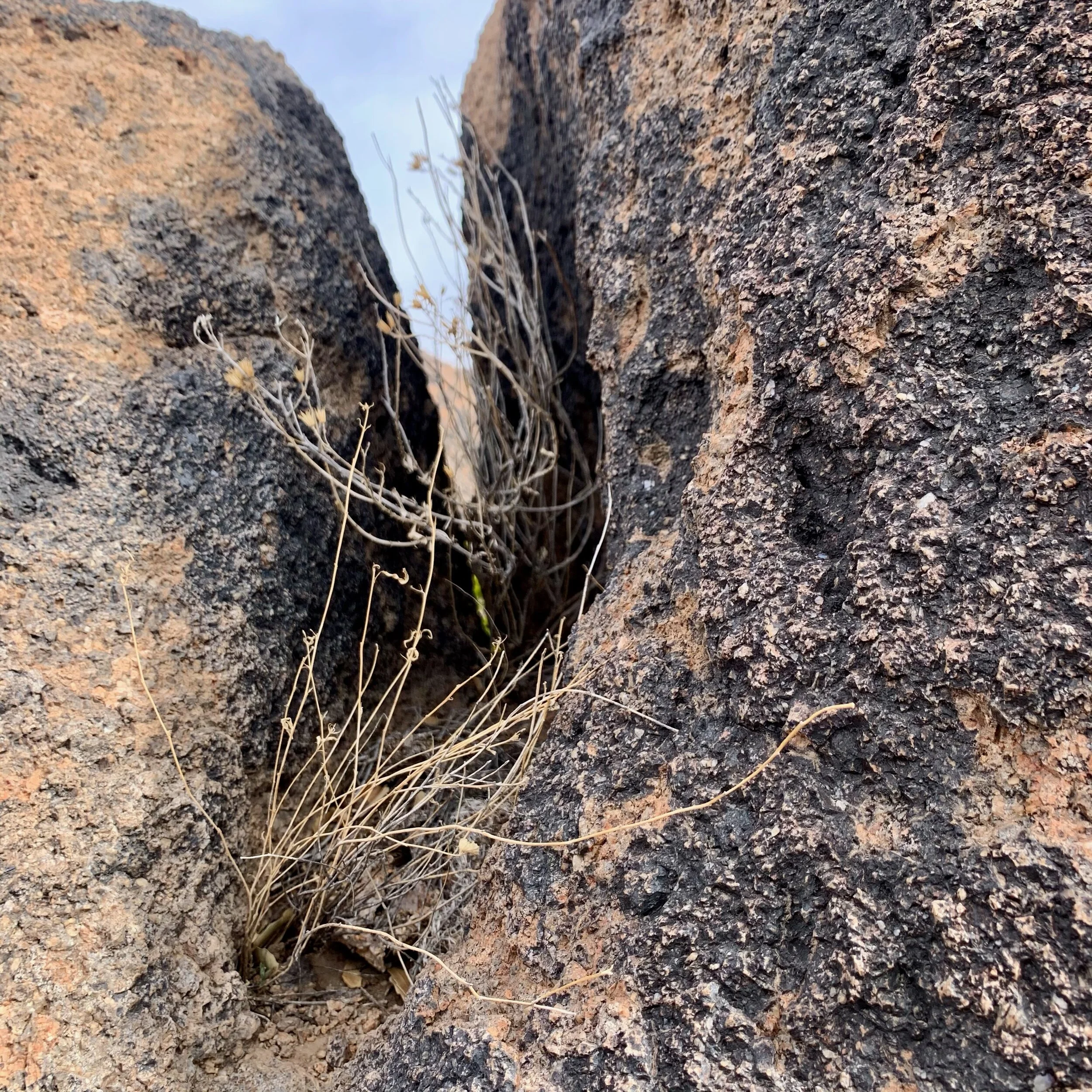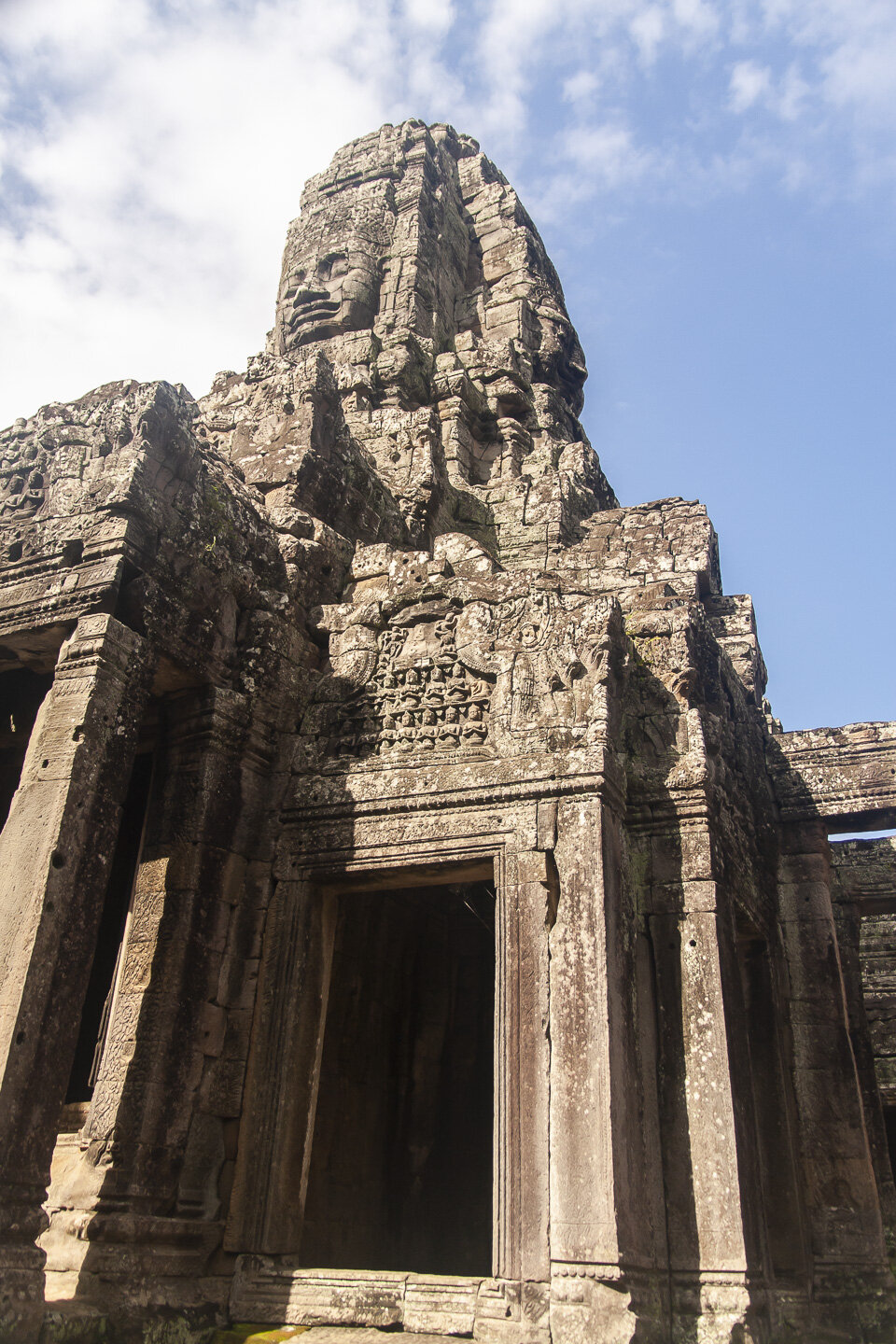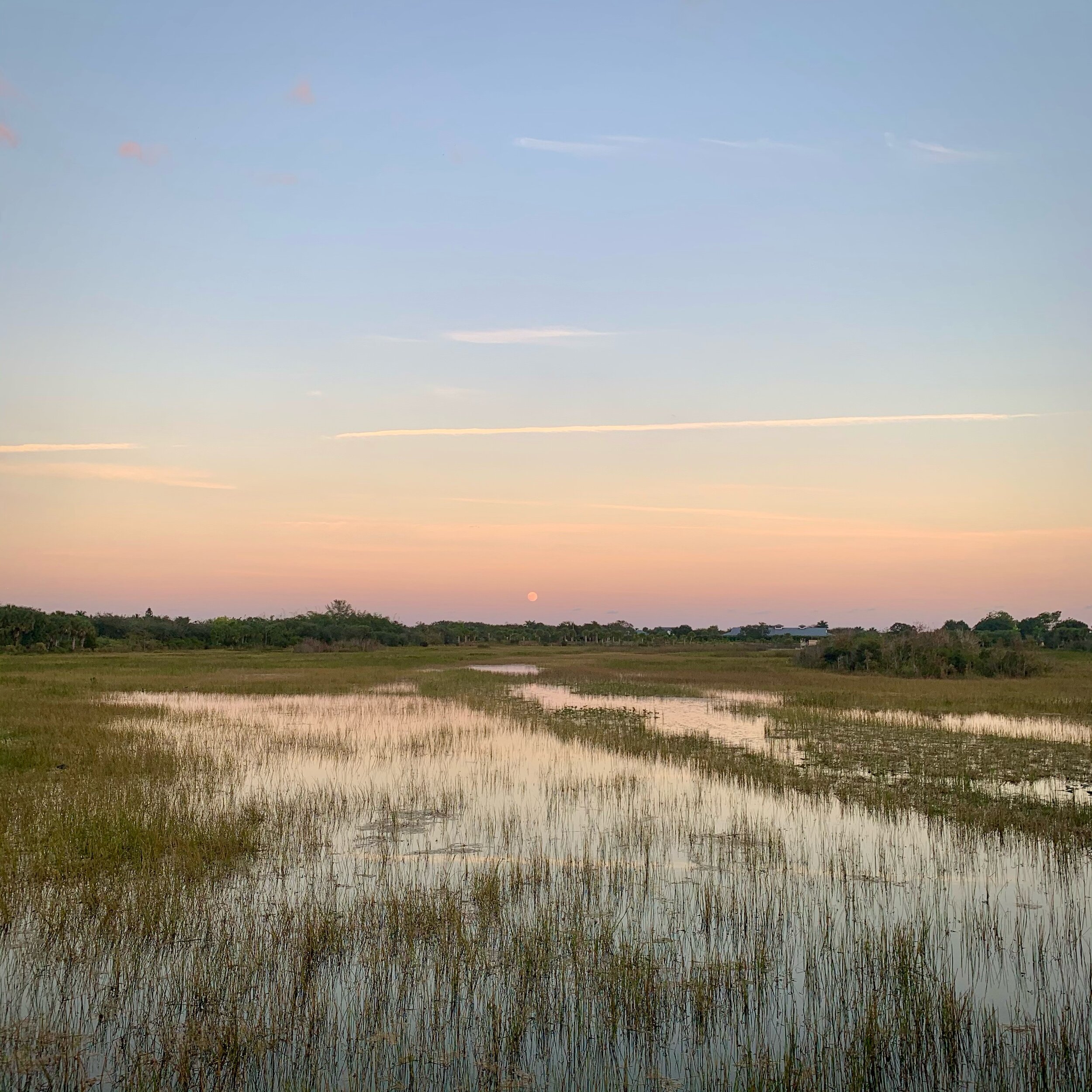As I continued my trip through Southeast Asia in 2008, part of which I shared yesterday, I eventually reached Cambodia, the furthest point away from everything I had ever known. Very poor, and so beautiful, exotic, and ancient. Thankfully in the last couple of decades, I’ve read that the poverty level has been reduced quite a bit. What I recall noticing was how happy even the poorest people I came across seemed to be. They were living the best life they could with what little they had.
How do you choose to make the most of this precious life we have been gifted? I still shed a tear when remembering a man I met in the capital Phnom Penh, who had no arms or legs, asking for financial assistance in a town square. Even he seemed happy, and I felt shame for every complaint I had ever made about my life or any limits or obstacles that deterred me. What could he do or be if he were me? What’s my excuse?
It’s hard to imagine that at the same time that I was a young child, safe and sound in Illinois, millions were being killed in this country by the Khmer Rouge regime. One of my stops was the Choeung Ek Genocidal Center, the location of one of the killing fields and a site of mass graves, now a memorial to the victims of that genocide, the skulls of many on display.
Now let’s get to the rest of my trip which was quite uplifting. After spending a week in Pattaya, visiting a very good friend from New York who was acting in a movie, I flew to Siem Reap, the city closest to the Angkor temples. If you are not familiar, Angkor Wat was built in the early 12th century and is according to Wikipedia, the “largest religious monument in the world by land area.” It’s not one of the official wonders of the world, but I suspect it’s on the 1000 places to see before you die list.
As soon as you come out of the airport at Siem Reap, there are Tuk Tuk drivers waiting for you. One attached himself to me immediately and became my transportation and tour guide for the rest of my visit. He dropped me off at the guest house where I had reservations and promised to pick me up before sunrise the next day. My visit would be short so I wanted to see as much as possible. Our first stop at dawn was Srah Srang reservoir, and once it was light enough, the guide took me close by to my first and favorite temple, Ta Prohm. It’s the one structure that conservationists decided not to completely restore, after finding it consumed and hidden by the jungle for hundreds of years. When a slew of tourists soon showed up I realized how lucky I was to have had the place to myself for a half-hour. The trees look as though they have melted over and merged into the structure.









































































































































































































